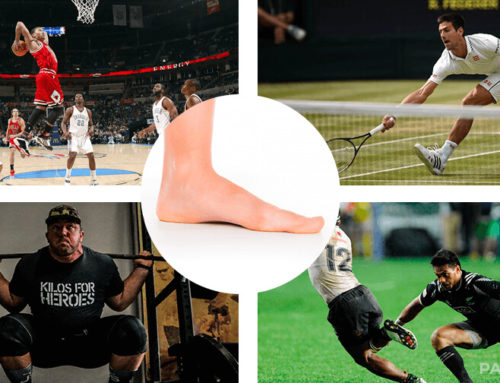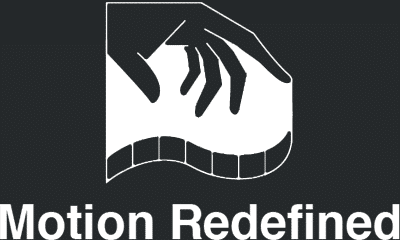The position of the hand on the ground is an aspect of little consideration but of great importance for the quality of movement. In recent years the practice of exercises that require a support function from the hand has increased (Example: Handstand, Push-Up, Turkish Get-Up and many variants of Crawling).
In biomechanical terms the hand plays a similar role to the foot when challenged to bear load. Just as the foot, knee and hip interact with each other, the hands interact with the same reciprocity in relation to the elbows and shoulders. Thus it is necessary to find a balance of load distribution in order to optimize the biomechanics of the joint with the brain’s need to express a sensory exploration through different hand orientations.
From a human development perspective, the acquisition of crude and rudimentary motor patterns, such as “feeling the ground”, precedes more refined patterns of object control and achievement of specific feeding, writing or sports gestures skills. If we look at the human homunculus we quickly realize the role that hands play in connecting us to the world and the importance of hands-on interaction.
A good distribution of the load occurs when there is a balanced dispersion of forces between the entire palmar surface, especially between the tenar and hypothenar regions. However, most people have difficulties in adopting a correct supporting position, especially if it has to be adopted reflexly. Insufficient distribution occurs when the forces are mostly on the ulnar region to the detriment of the tenar region, causing an unbalanced overload on the wrist. An insufficient support pattern is correlated with muscular crossed unbalances in the upper body called Upper Crossed Syndrome. Described by Dr. Vladimir Janda as stiffness of the upper trapezium, large pectoral and scapular lift and inhibition of the rhomboids, large toothed, middle and lower trapezium and deep neck flexors, especially the scalene muscles. The stereotype of postural changes is manifested by the elevation and protraction of the shoulders, elevation of the scapula, protraction of the head and the consequent instability of the entire scapular waist.
A study by Dr. Alena Kobesova (2015) associated the effect of scapular stabilization exercises, in which one of the requirements was the adoption of a correct supporting position, with significant gains in grip strength.
In turn, grip strength plays an important role in the good functioning of the upper limb, showing that higher levels are correlated with more efficient shoulder stabilization through neurological connections, increased strength transfer and decreased incidence of injuries.
Thus, adopting a more advantageous support position contributes to a richer motor repertoire in its global.
We use the expression “feet firmly on the ground” often associated with safe decision making… It seems that having “hands firmly on the ground” is also positive!
Patrick Filipe
References:
Kobesova. A, Dzvonik. J, Kolar. P, Sardina. A, Andel. R. (2015). Effects of shoulder girdle dynamic stabilization exercise on hand muscle strength. Isokinetics and Exercise Science 23 (2015) 21-32
Kolar. P, et. al. (2014). Clinical Rehabilitation. First Edition.
National Conference & Exhibition Bridging The Gap 2016. Grip Strength: Unleash the secret to primal strength, injury prevention, and overall health. Dr. Arianne Missimer.
Sacrey. LA, Whishaw. I. (2010). Development of collection precedes targeted reaching: resting shapes of the hands and digits in 1-6-month-old human infants. Behavioural Brain Research 214(1):125-9.






